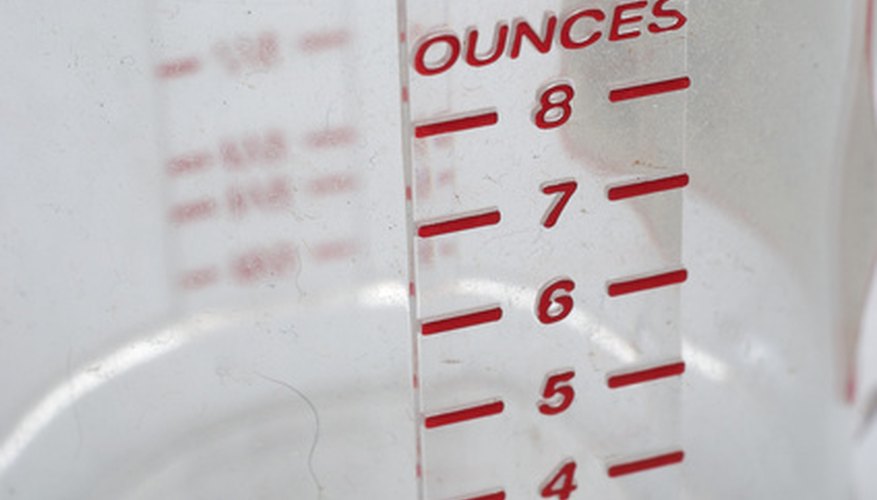Precise measurements in cooking are often necessary, since even a slight modification of ingredient portions can ultimately affect the taste and texture of your dish. If you are accustomed to weighing ingredients, as is common in many parts of the world and in evidence in many recipes, you may find it difficult to cook with sugar without a scale to weigh it. An easy alternative is to measure your sugar by volume instead of weight. The conversion measurement from weight to volume will depend on the kind of sugar you are using.
- Precise measurements in cooking are often necessary, since even a slight modification of ingredient portions can ultimately affect the taste and texture of your dish.
- If you are accustomed to weighing ingredients, as is common in many parts of the world and in evidence in many recipes, you may find it difficult to cook with sugar without a scale to weigh it.
Read your recipe and determine the kind of sugar you will be using. In addition, determine whether your recipe is written using imperial units (ounces) or metric weights (grams).
Divide the amount of sugar called for in your recipe by the weight equivalent of 1 cup. One cup of brown or white sugar is approximately 198gr. or 200g; one cup of icing sugar is approximately 128gr. or 125g; one cup of superfine sugar is approximately 1843gr. or 190g. Therefore, if your recipe called for 400g of white sugar, you would divide 400 by 200 and obtain a result of 2 cups.
Fill your measuring cup with the volume of sugar required for your recipe. Proceed as normal to complete your recipe.
TIP
If your recipe calls for small amounts of sugar, use this conversion: 1 rounded tbsp of white sugar is equal to 28.4gr.; 2 tbsp of icing sugar is equal to 28.4gr.
